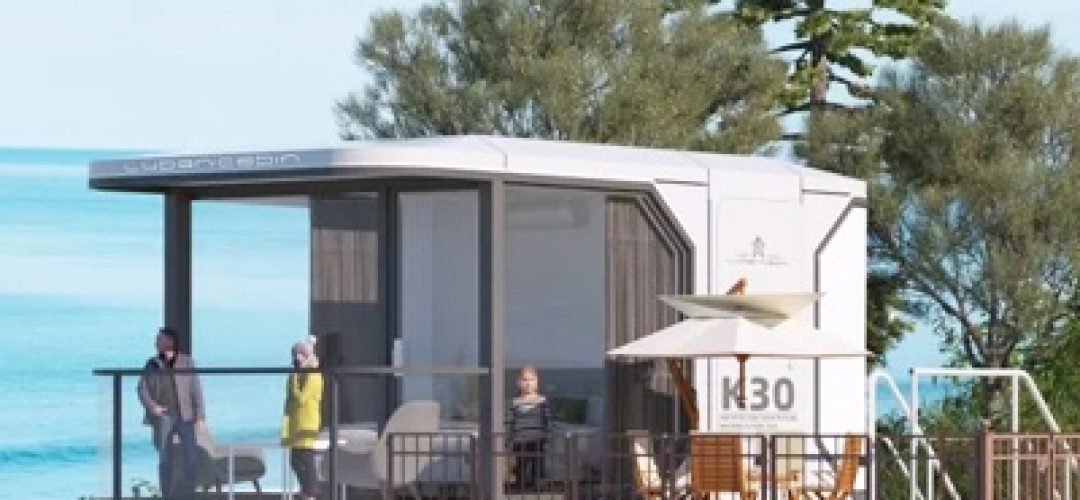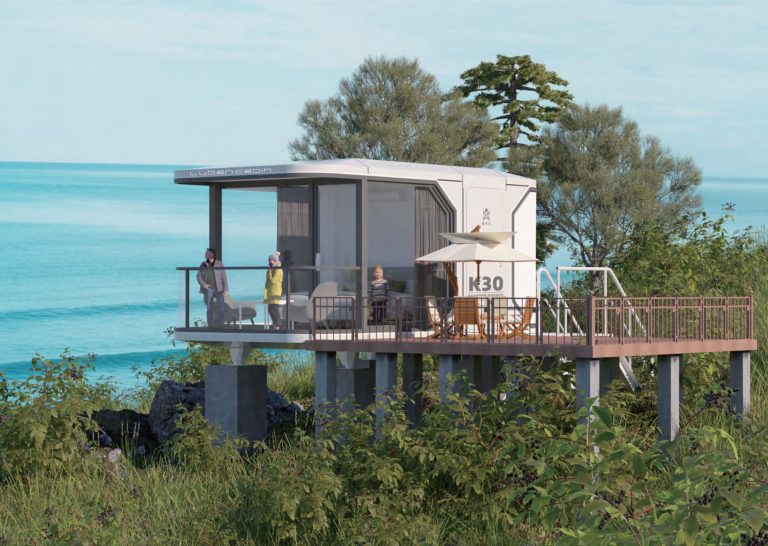
The cityscape of the 21st century poses a complex challenge. In metropolises around the world, there are issues of overpopulation that result in spatial constraints as well as hygiene and sanitation problems. Effective housing for a massive urban population has to be employed, which also incorporates affordable, sustainable and eco-friendly living.
It is the need to address these issues that caused the emergence of alternative housing solutions. There are various options for these- among them tiny homes, prefab houses, capsule houses and modular homes, among others. Traditional homes and residential buildings have major perks, but in many cases, alternative housing options are a necessary choice.
This article will discuss the key differences between capsule houses and traditional homes. Our aim is to guide you, a prospective homeowner, into making the best choice in buying a house in congruence to your needs and preferences
Table of Contents
Space efficiency
Capsule homes are designed to optimize space, thus, in such a unit, you’ll find just enough areas for sleeping, showering and cooking. The layouts of these structures have been created for minimalist living, often innovative and modular. The rooms and furnishings in them are foldable and multipurpose.
Meanwhile, traditional homes usually have wider interiors, yet a lot of space is wasted. These areas are not efficient. There may be large rooms and more storage in them, but they are not effectively utilized.
Cost effectiveness
Construction and maintenance costs for micro homes are lower, with the units partially constructed in factories. All you need to do is to lay the foundation and attach it to utilities on the site, so you’ll pay less for fewer laborers and shorter construction time. Being compact, you don’t need to spend a lot for the upkeep of your micro house. Utility bills are minimal as well.
Traditional homes are more pricey, basically needing higher initial investment. Long-term maintenance for these buildings is expensive, with upkeep costs that entails 1% of their total value.
Tips to consider: The Cost of A Tiny Home
Below are points to consider about costs when choosing between a tiny home and a traditional house:
- A tiny house area costs more per square foot. It is generally more expensive, but less all over.
- Take into account the cost of land and hook-ups for water and electricity when tallying your budget for a tiny house.
- Financing for a tiny home is relatively shorter than traditional mortgages. Alternative housing financing is typically done via your bank or a national lending institution. For the most part, they’re for a duration of 7 years, while a mortgage for a traditional home lasts for 15 to 30 years.
- Utility bills are lesser for a tiny home because there’s smaller space to heat or cool.
- It’s sometimes more practical to invest in a regular house if your tiny house design is just too big.
- On a final note, thoroughly consider the cost of living tiny vs living large, and not only the cost of the house itself.
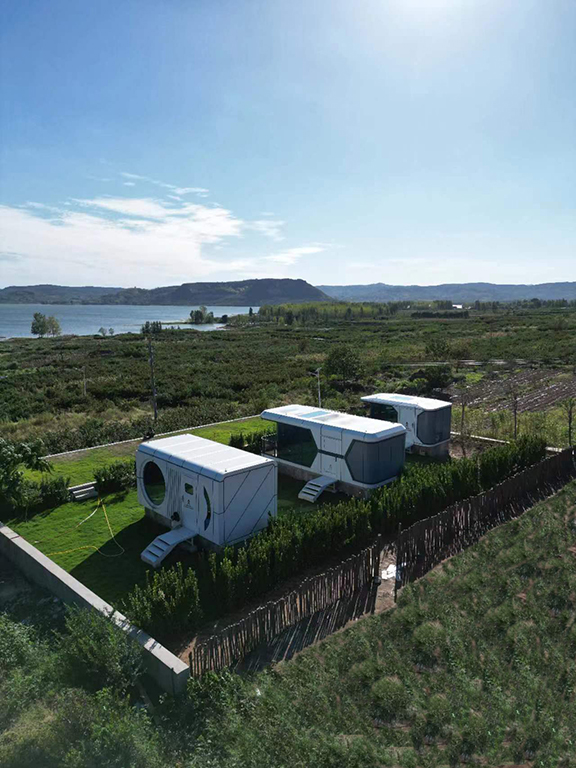
Portability
Most capsule homes are designed to be portable. They can easily be transported to another location at reasonable costs. Whether you need to relocate to seek better opportunities or because of your nomadic lifestyle, you can “bring” your capsule dwelling with you. These units are flexible, even catering to your sense of adventure living from one place to another.
A traditional house, on the other hand, is stationary. Relocating these structures is complex and costly. You may have to make do with the fixed location of a conventional abode.
Environmental impact
A capsule house is compact in size. Covering a smaller area, it requires less lighting and air conditioning/heating. There’s minimal use of resources in this dwelling, thus it has reduced carbon footprint. Built with sustainability in mind, you’ll enjoy eco-friendly living.
The same cannot be said of larger conventional homes, where they say “the larger the house is, the worse it is for the environment”. It’s primarily because these buildings have bigger energy consumption for heating and cooling. They entail a larger carbon footprint.
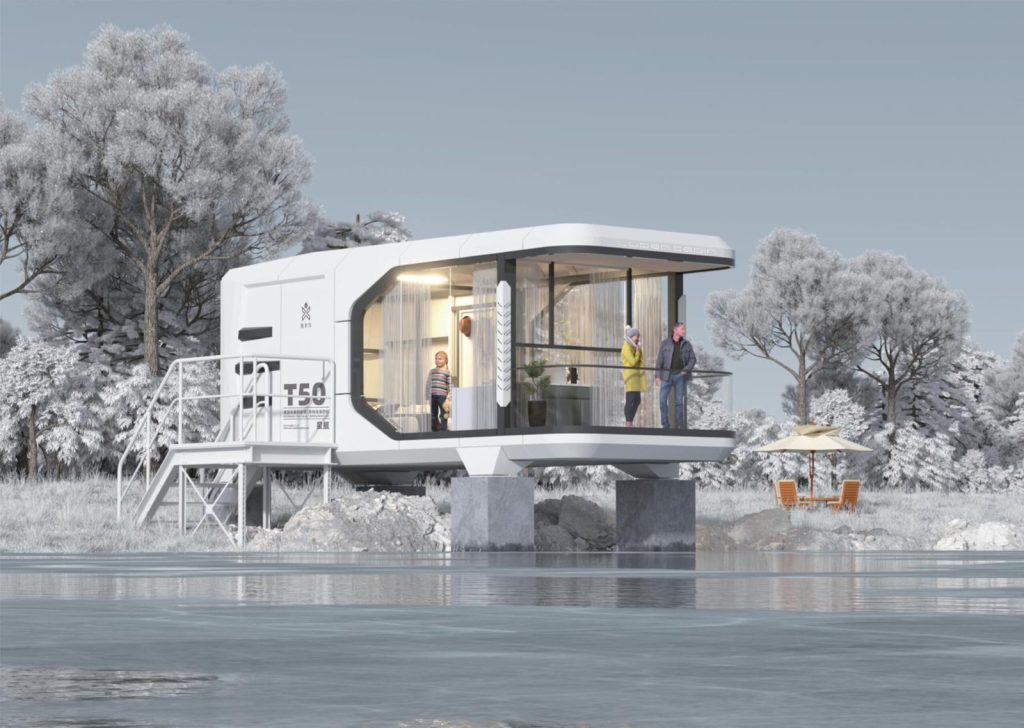
Customization
Your options for style, functionality and your living preferences are not limited in a capsule home. These structures are highly-customizable wherein you can employ personalized designs to suit your needs and taste. A micro home may be small, but it has avant-garde and sleek designs, as if introducing you to the future of modern homes. They tend to be smart homes, too. Other than elegance, you can enjoy a better quality of living.
Customization is likewise possible with conventional homes. However, the options are limited, not to mention costly. These buildings have rigid frameworks, and if you want to be creative in your home improvement, it is apt to be a complex and lengthy process.
Energy efficiency
Sustainability and energy-efficiency are two of the main goals of micro homes. They are designed with these features to enhance the living experience of homeowners. Advanced insulation and energy-saving techniques have been infused in their make-up, therefore offering reduced utility costs. Capsule houses have built-in energy-efficient and smart technologie.
Traditional dwellings can be energy-efficient, but they require retrofitting to be so. You can create an energy-efficient and smart conventional home, but it requires additional work and costs. More so, it is often not as advanced.
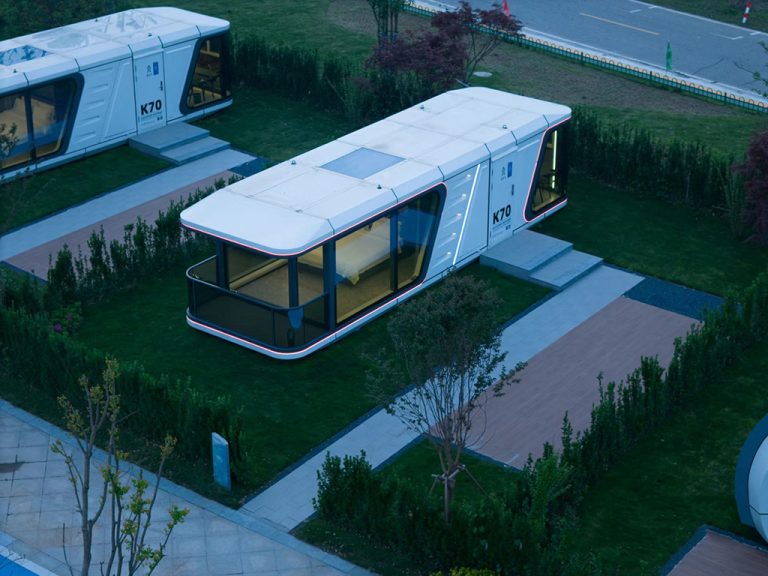
Minimalist living
Go Zen, so to speak, in that you promote a minimalist lifestyle. The lesser, the better where you practice mindfulness and experience the present. That’s why they say capsule houses are the dwellings of the future. They have modern and futuristic designs that optimize space yet they allow you to value the essentials. You are able to exercise control over your situation, especially when it comes to decluttering.
Traditional homes lean towards a material-intensive lifestyle. You get to keep a host of furnishings and appliances and there’s apt to be more storage and space. But as they say, where there’s more storage, there’s increased potential for clutter.
Privacy
Efficiency is a main aspect of prefab houses wherein they have compact and open designs. Because of this, they mostly lack privacy. However, there are measures to address this issue, considering that prefab houses are customizable. You can opt to add functional features in your micro home such as moveable walls and furnishings that can serve as partitions.
A conventional home usually does not have privacy issues, mainly because they are designed with separate rooms and defined spaces.
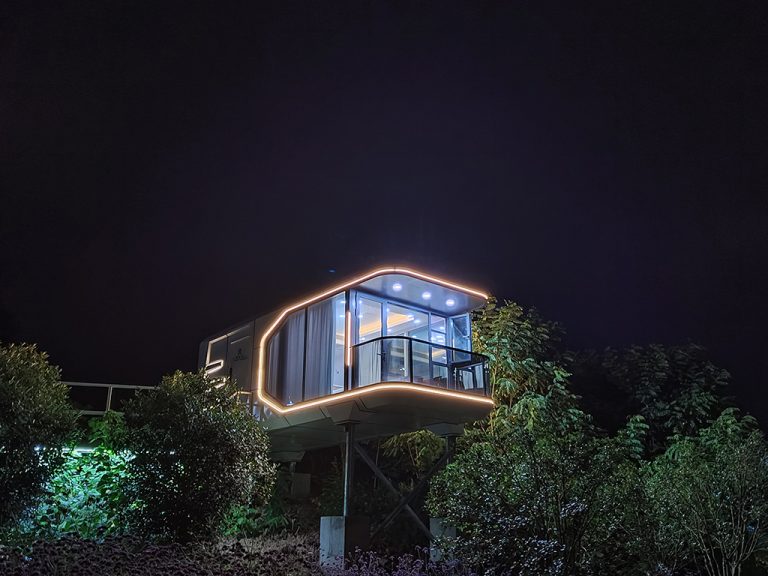
Construction speed
Forty percent of construction time is reduced when building a prefab home compared to a traditional house. The process of setting-up a capsule house is faster, thanks to modular building techniques. There tends to be a standard procedure for doing this, considering it is a mass product. A prefab home or a capsule house is halfway done in the factory, and they go through intensive quality control. All the necessary materials are contained in the kit, so there are lesser hassles when constructing them. It only takes a month or so for a capsule house to be completed.
Apparently, constructing a conventional abode is 40% slower than a prefab home. Such a structure tends to be complex, needing more time, effort, materials, laborers and labor costs. It takes several months to complete a traditional house and it is an intricate, lengthy process – from building the cement, the brick walls, the pipes, the plumbing and all.
Community living
Communal living in capsule housing neighborhoods foster a sense of community. While relishing an eco-friendly and sustainable lifestyle, you get to appreciate nature and the company of your neighbors. With shared spaces, you learn the value of sharing and respecting other people’s boundaries, and you’re not apt to feel isolated.
It is individualistic when it comes to traditional houses. With better privacy, you can go about with your daily activities without distractions. However, living can be isolated in a conventional home and there is less community interaction.
Conclusion
Different kinds of housing solutions cater to different people and families. It also depends on the location, including the needs and preferences of homeowners.
Alternative housing solutions such as capsule houses, tiny houses, prefab homes and modular homes, to mention some, may be the best recourse for certain cases.
A single person, such as a student, a young professional or a bohemian who prefers less distraction and with a limited budget can opt for an alternative housing option. Retirees, couples and smaller families may also find this viable.
Then again, there might be instances when a traditional house is the better option. Bigger families or a more meticulous couple may consider a more spacious and private abode.
There are advantages and disadvantages to both living in a capsule house vs. living in a conventional home. It’s worth mulling over these pros, cons and differences prior to investing in one.
Check out our website for a complete list of our capsule house products. Read our blog for more related articles and information. Contact us for your concerns and queries.
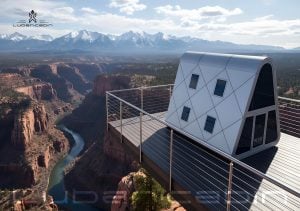
Fast Installation, Faster Returns: Space Cabins
Space cabins offer quick installation and faster returns, with modular homes providing affordable, sustainable housing solutions. Perfect for both personal use and business investment.
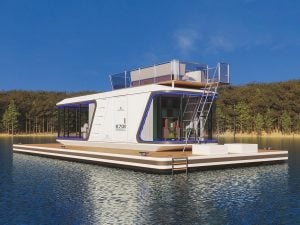
Why Capsule Apartments Are Redefining Urban Homes
Capsule apartment living is transforming the concept of urban homes by offering smarter use of space, efficient construction, and strong long-term value. Designed for modern lifestyles and flexible investment, capsule apartments redefine how people live, work, and collaborate in cities.
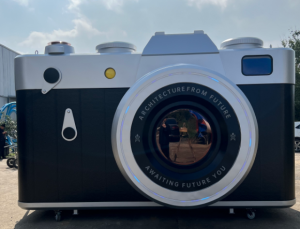
Best Capsule Home Manufacturers You Can Trust
Choosing the right capsule home manufacturers is essential for anyone seeking efficient, modern, and future-ready housing. With advanced construction methods, smart design philosophies, and scalable production, trusted manufacturers are redefining how compact homes are built, delivered, and valued.
